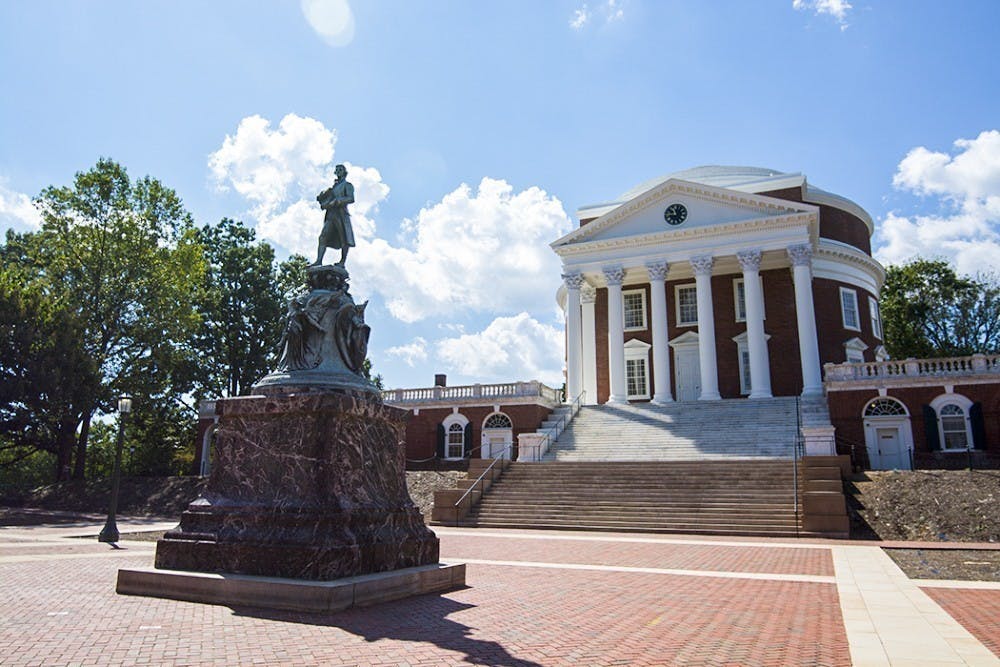The University will increase its minimum wage for full-time employees eligible for benefits to $15 per hour by Jan. 1, 2020, according to a statement released Thursday morning. The University’s current minimum wage of $12.75 was last adjusted in December 2017.
The increase will cover around 1,400 full-time employees eligible for benefits across the University and Medical Center staff. Around 700 more employees who currently earn close to $15 an hour will also see an increase to their wages.
U.Va., the largest employer in Charlottesville, raised its minimum wage from $12.38 to $12.75 per hour in 2017 after calls from students, community members and employees. The state and federal minimum wage is $7.25.
The newest increase will not apply to outside contractors that employ individuals who work at the University, such as Aramark — the provider for University dining services, which pays employees $10.65. The University does not offer health insurance, vision coverage, dental insurance, disability benefits and access to retirement plans to contracted employees.
“Over the next few months, my team will be working on a plan to extend the same $15 commitment to contract employees,” University President Jim Ryan said in a community-wide email statement. “This is legally and logistically more complicated, but our goal is to make it happen.”
The decision to raise the minimum wage to $15 per hour comes a week after Ryan's community working group identified jobs and wages as the most important issue facing the Charlottesville and U.Va. communities, based on a survey that received over 3,000 responses.
According to MIT’s living wage calculator — which estimates the living wage needed to support individuals and families based on the cost of basic necessities — a living wage in Charlottesville stands at $12.49 for a single adult or $17.16 for a family of four in which both parents work.
“From the day I started as president, I’ve been interested in what it would take to pay UVA employees a living wage,” Ryan said. “As a university, we should live our values—and part of that means making sure that no one who works at UVA should live in poverty."
Student protesters with the Living Wage Campaign also rallied outside of a Board of Visitors meeting last Friday, asking the University to implement a minimum wage of $16.84 and include contract workers in future wage increases.
"This announcement is without a doubt a victory, but there is still work to be done," the Living Wage Campaign wrote in a statement. "This is a significant increase in wages for direct employees, but it is still not a livable wage in Charlottesville."
The change will cost the University approximately $4 million each year to implement, according to the University’s statement. Full-time, benefits-eligible employees will continue to receive more than $12,000 a year in benefits, including health insurance and retirement contributions.
"We should strive not simply to be a great university, but also to be a good university," Ryan added. "I am optimistic that this represents a new day for the University and the community that we love."
This is a developing story.







